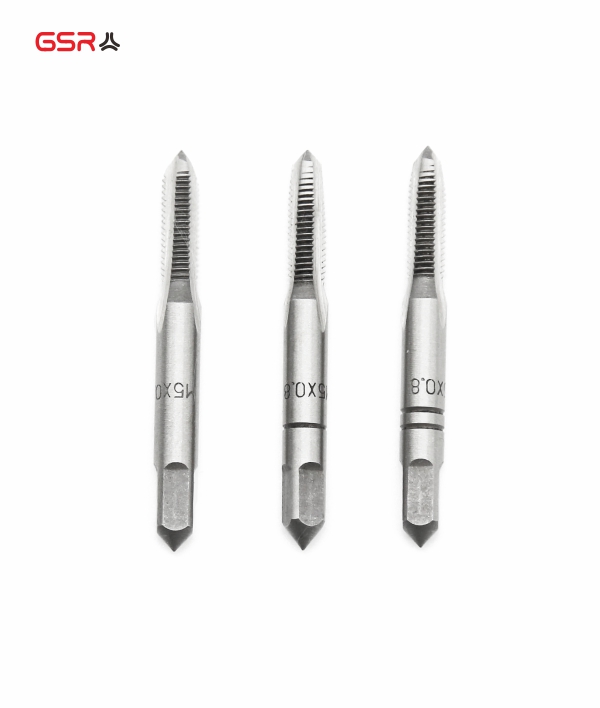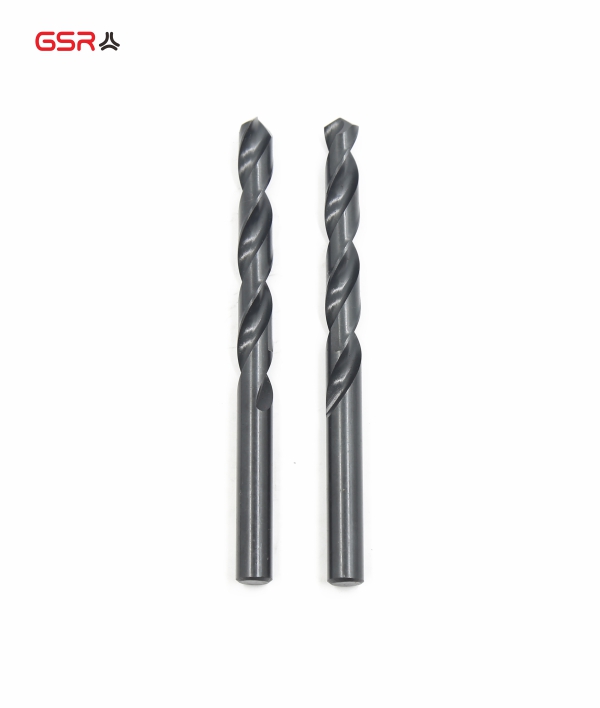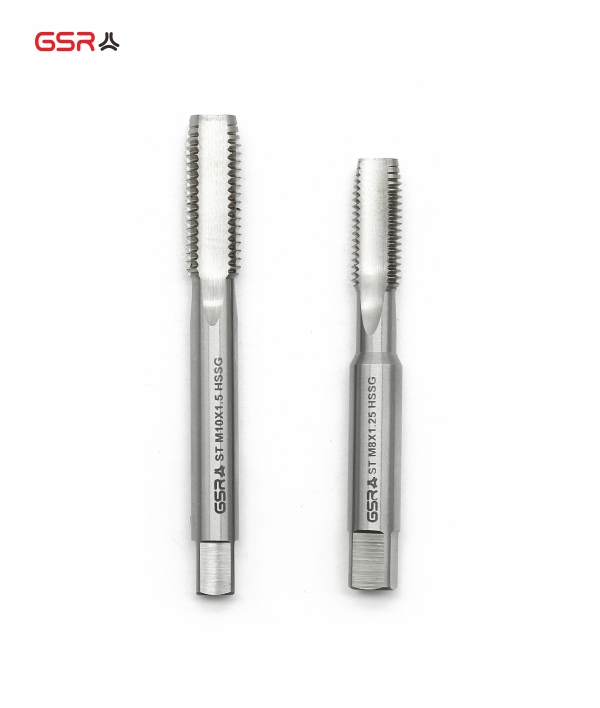Guide to Thread Design and Machining: How To Cut Internal and External Threads?
Screws still play an important role in the mechanical industry. In order to attach a screw to another part, a female thread is required. Threads can also be cut on the external surface of machined parts. In this article, we will cover what a thread is in manufacturing, types of threads, tips on thread design and machining, and how to cut threads on a lathe, both internal and External Thread Cutting.
What is a thread in engineering manufacturing?
A thread is a continuous spiral ridge with a uniform cross section formed on the inner or outer surface of a cylinder or cone. The thread profile consists of a peak, a root and a flank. The thread pitch is the distance between corresponding points of adjacent threads measured parallel to the thread axis. The pitch diameter is the diameter of the theoretical cylinder. When the theoretical cylinder passes through the thread, the distance between the thread crest and the thread root is equal. In an ideal product, these widths are equal to half of the pitch.
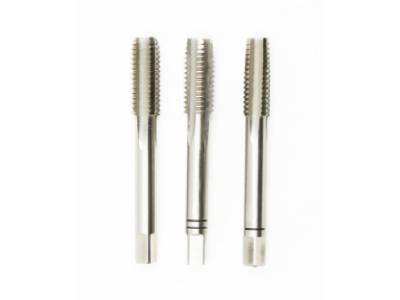
Internal Threads
Types of threads:
There are many types of threads, depending on the classification criteria. Machine threads and spacer threads are commonly used in fasteners. unf threads and unc threads are the standard series in the unified thread system. Here we come to the issue of external and Internal Threads.
Female thread: A thread located on the inner surface or concave surface.
External thread: A thread on the outside of a cone or cylinder.
Design tips for internal threads
In everyday life, a nut is a typical internal thread. A tap is a metal threading tool used to cut internal threads on CNC machined parts. The thrill is the process of machining and drilling internal threads on a CNC machine using a specialized cutting tool.
Products with threads should have a countersunk hole at the end of the internal thread.
The surface of the starting end of the thread should be flat and in line with the center axis of the thread.
Use a lower height thread rather than a higher thread if not required.
The wall thickness of the tubular part must be sufficient to withstand the pressure of cutting or forming.
It is more economical to use standard thread forms and sizes.
Coarse threads are more economical than fine threads, unless they are the largest size available.
No sharp corners should be specified at the root of the threads to be ground.
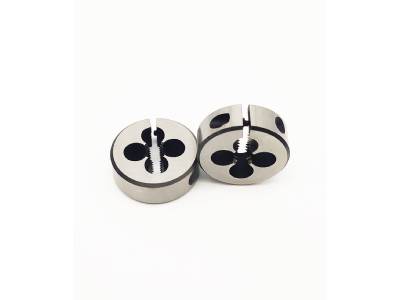
External Thread
Machining internal threads - How to cut internal threads
To machine internal threads, you will need a twist drill, a 90° countersink, an internal hand or machine trigger, an adjustable tap wrench or hand drill, and safety goggles. Before machining internal threads, you need to know Which Tap to choose and what the desired hole diameter is.
1. center the hole with a punch, then drill the core hole with a twist drill
2. Sink the core hole with a 90° countersink and make a chamfer
3. Place the tap into the tap wrench and turn it into the core hole to cut the thread
Internal threads can also be used for CNC turned parts. Many of the rules for cutting threads on a lathe are the same as for machining threads, but the thread specifications are more restrictive.
External thread design tips
Common external threads include screws, bolts, studs or plug gauges. When designing external threads, try not to terminate at a large diameter near or adjacent to the shoulder. The width of this camber depends on the size of the thread, whether the thread is coarse or fine, and the throat angle of the Thread Cutter. If high thread strength is not required, it is recommended that a low height thread form be used. All threaded products should have chamfers on the male end of the thread. Male threads are cut using a circular die fixed in a die bank with three or more cutting edges that are serrated to represent nut threads.
External Thread Machining - How to Cut External Threads
If you have a turning lathe, make the pitch 0.1 times smaller than the outside diameter of the thread. The tools you will need for external thread machining are: a file, a round bar, a vise for clamping, a round die, a die head, a flat head screwdriver, and a cutting spray.
1. File the edge of the round bar and chamfer it at 45°, which should be slightly larger than the thread depth.
2. Clamp the round die to the die holder and secure it in place. Turn the die clockwise onto the round bar and cut the threads with sufficient pressure. Make sure that you are cutting straight threads. A cutting spray can be used here to improve surface quality and extend tool life.
How do you cut threads on a lathe?
Here is a video showing how to cut a found thread on a lathe:






